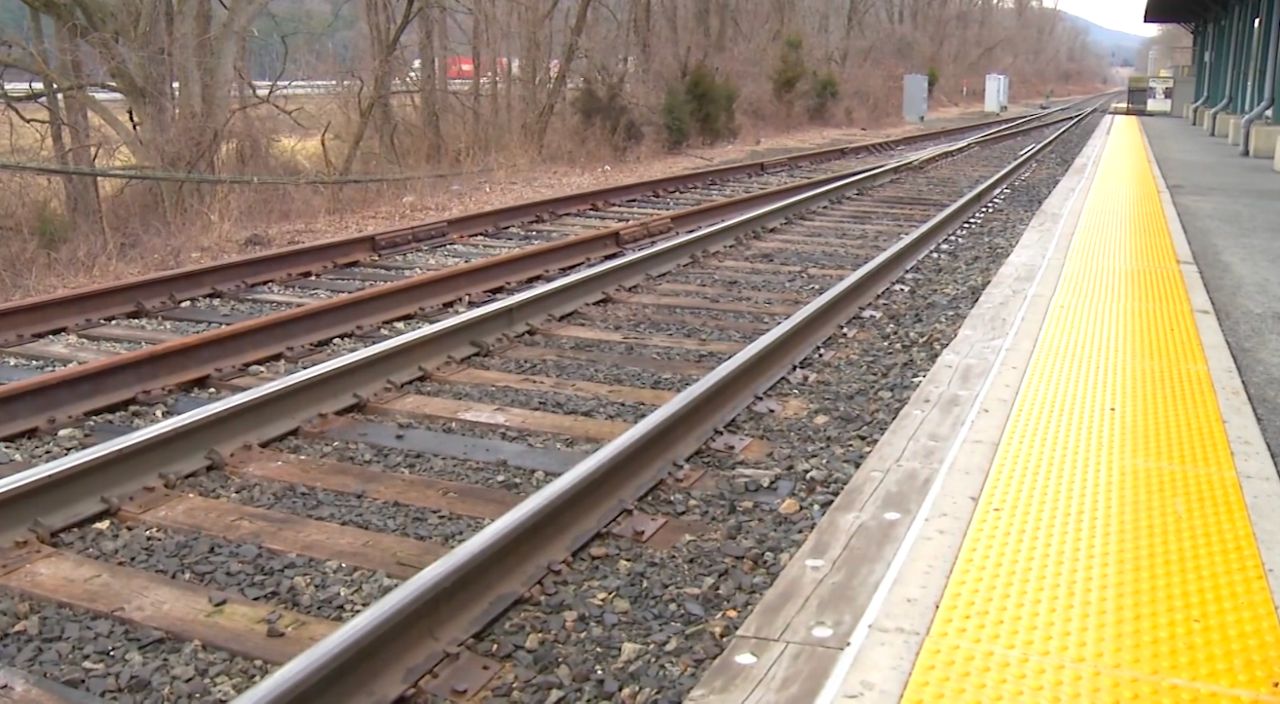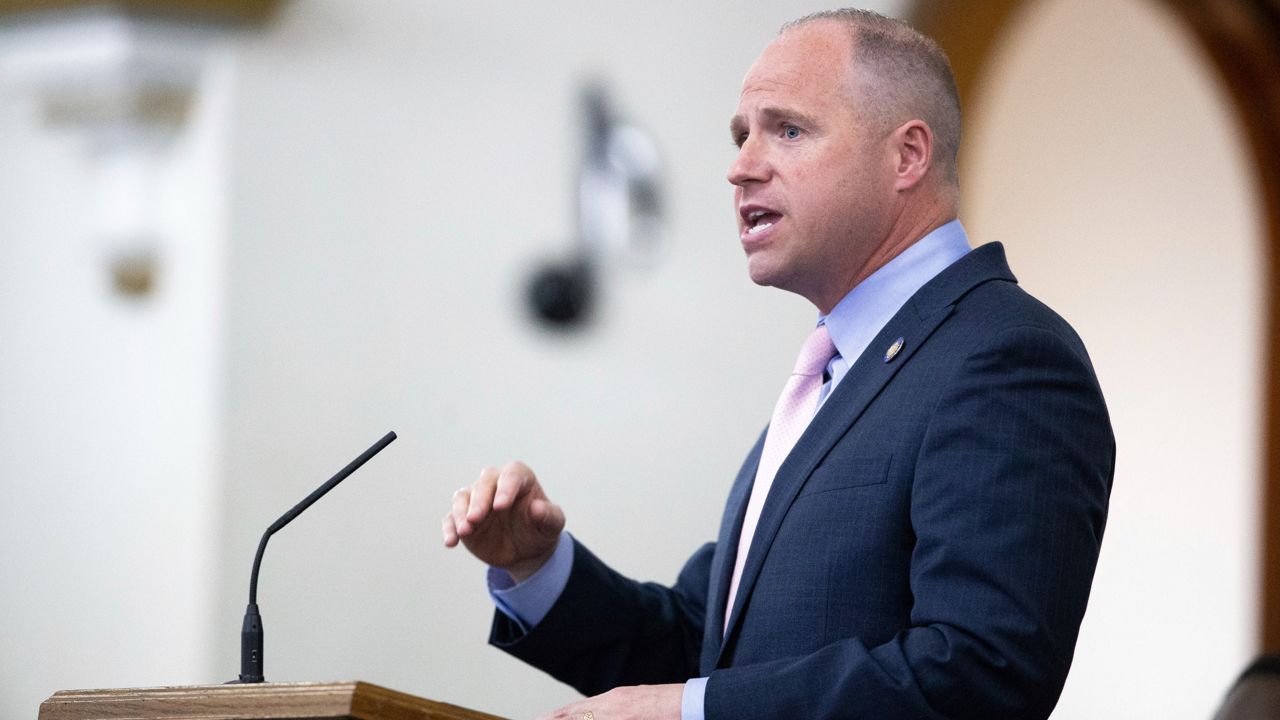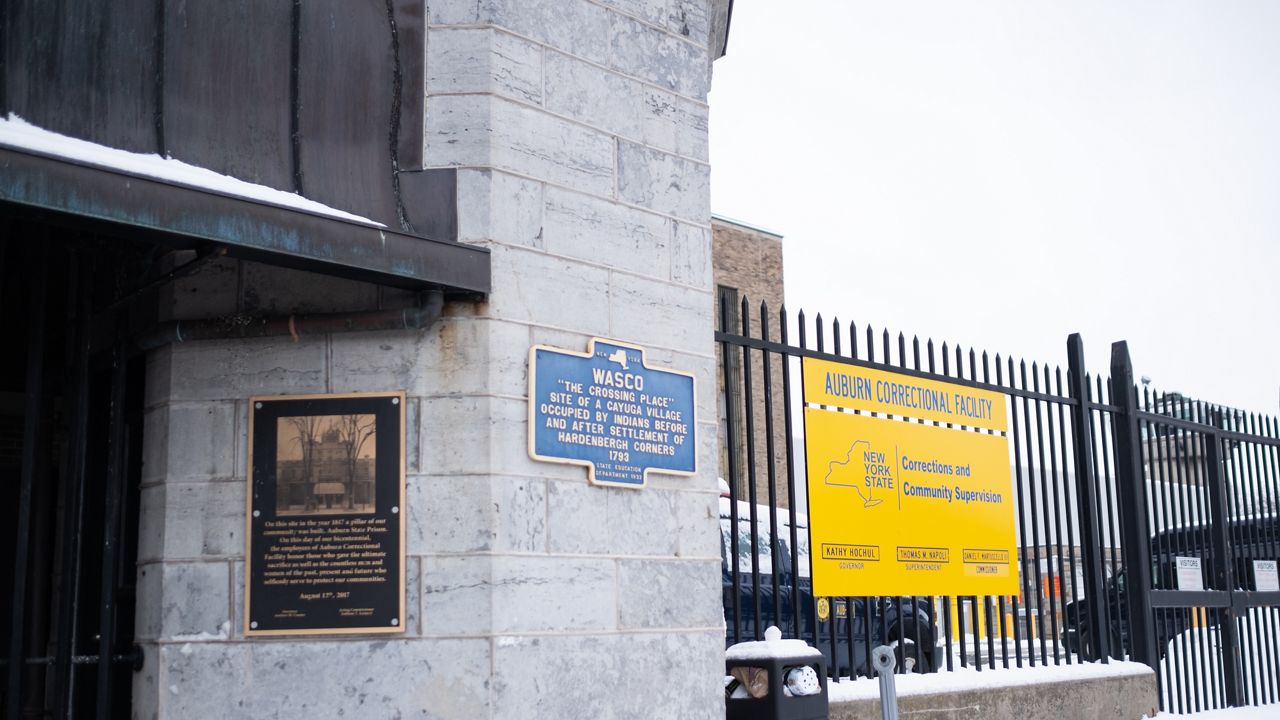It's hard not to draw comparisons between the events surrounding President Joe Biden’s withdrawal from the 2024 presidential campaign and the election of 1968, when President Lyndon B. Johnson withdrew from the race in March.
That election and the ensuing upheaval in the Democratic Party were catalysts for change to how primaries are run.
“I shall not seek and I will not accept the nomination of my party for another term as your president,” Johnson told a shocked nation in a televised address.
Fifty-six years later, the nation is again shocked, this time by a post on X, formerly Twitter, displaying a letter from President Biden, expressing his intent to “stand down."
The parallels have unleashed comparisons. They come in some cases from concerned Democrats, and in other cases from giddy Republicans eager to point out that President Richard Nixon’s eventual victory in 1968 ushered in a period of White House dominance for the GOP that ran from 1968 to 1992, with the exception of Jimmy Carter’s single term from 1977 to 1981.
Carl Bon Tempo, associate professor of history at the University at Albany, cautioned that those comparisons require some serious context. The single most important piece: cultural divides over the Vietnam War.
“It is the war that is the catalyst in reshaping American politics,” he said. “The war is at the heart of protesters' complaints about the Democratic Party.”
Besieged by primary challenges from Eugene McCarthy and Robert F. Kennedy following the Tet Offensive in January, Bon Tempo argued that debates about President Biden’s fitness for office and contemporary policy disagreements don’t compare to the war-driven intraparty divide that brought down Johnson.
“What reshaped the race in 2024 were perceptions that President Biden’s age made him an unsuitable candidate. That is not a society defining question,” he said.
In 1968, he said, the ultimate process of nominating Vice President Hubert Humphrey was one rife with tragedy and social unrest. Ongoing protests relating to the war and the assassination of Robert F. Kennedy following the California primary in June defined the spring campaign.
“It’s a drawn out process, and there is little question that Humphrey, after the assassination of Kennedy, is going to be the nominee, but as we know the drama continues in Chicago,” he said.
Some on social media have even gone as a far as to compare Kennedy’s assassination with the attempted assassination of former President Donald Trump as an example of the parallels.
As of right now, Bon Tempo explained, the protests that defined the 1968 Democratic National Convention in Chicago, and put a divided party on display for the nation, appear to be in stark contrast to what seems to be happening in 2024.
“What we’ve seen here is about three to four weeks of instability within the Democratic Party after the debate,” he said. “With the consolidation behind Vice President Harris as the likely nominee, that instability appears to be coming to an end. What we saw in ’68 was a sort of slowly unfolding, unstable moment.”
Beyond the historical context, Grant Reeher, professor of political science at Syracuse University, stressed it’s important to note that the way the electorate gathers information and engages with the race today is incomparable to the late 1960s.
“Electioneering, and campaigning, and television advertising is completely different, the internet wasn’t a factor back then, so its really like trying to compare Venus and Mars,” he said.
Moving forward into the fall, Bon Tempo said he thinks Democrats seem to be going out of their way to reign in the chaos this time around, but he pointed out there’s something Republicans can learn from 1968 as well: a lot can happen in the coming weeks.
“It’s about half a percentage point difference between Nixon and Humphrey, and no one would have predicted that on Oct. 1, Nixon held a pretty commanding lead,” he said.









